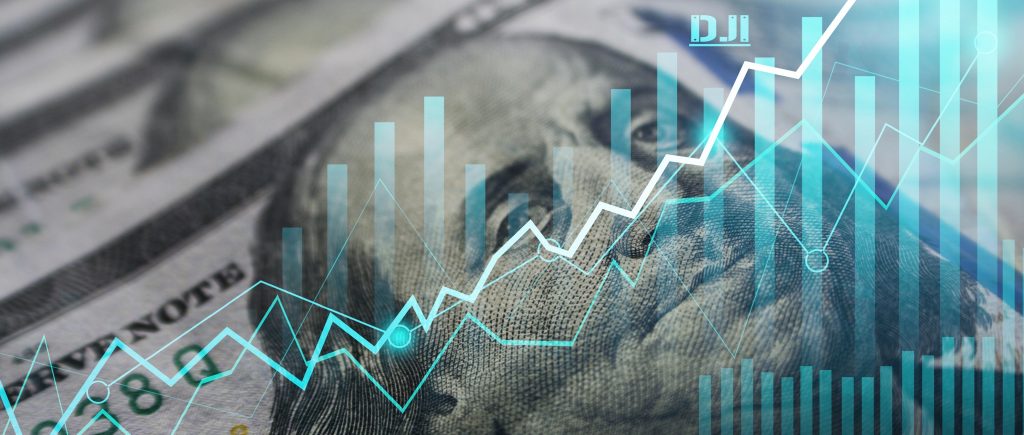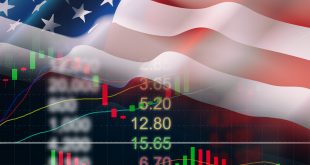The US economy faces a grim outlook despite a fleeting US-China trade truce, with deficits soaring and inflation stubbornly high as of May 21, 2025. A Reuters poll reveals unanimous concern over President Donald Trump’s policies, which threaten to deepen fiscal strain following Moody’s downgrade of US sovereign debt. Growth forecasts remain bleak, and the Federal Reserve’s cautious stance signals tough times ahead. Policymakers, led by Chair Jerome Powell, must act decisively to curb deficits without derailing the economy, but tariff uncertainties cloud the path.
Fiscal Fears Intensify After Downgrade
Moody’s slashed the US credit rating to Aa1 from Aaa on May 16, citing unchecked government spending and a $36 trillion debt pile. Trump’s proposed tax-cut bill, set for a congressional vote, could add $4 trillion to deficits over a decade, exacerbating fiscal imbalances. The economy contracted 0.3% last quarter, driven by a record import surge, with growth projected at a sluggish 1.4% for 2025, down from 2.8% in 2024. The 2011 debt ceiling crisis, which rattled markets, looms as a warning: unchecked deficits can erode investor trust, spiking Treasury yields and pressuring equities.
Trade Truce Fails to Lift Spirits
A 90-day US-China tariff suspension has trimmed recession odds to 35% from 45%, but the reprieve offers little relief. Effective tariff rates, now at 13% versus 2% earlier this year, continue to stifle growth and fuel inflation, expected to exceed the Fed’s 2% target through 2027. Trump’s tariff rhetoric, lacking concrete trade deals, heightens policy uncertainty. The 2018 trade war, which cost the US economy 0.5% of GDP, underscores the risk of renewed escalation. Markets crave clarity, but the absence of firm agreements keeps recession fears alive.
Fed Faces Rate Cut Dilemma
The Fed’s federal funds rate, steady at 4.25%-4.50%, reflects caution as tariffs threaten to reignite inflation. Over half of polled economists expect a quarter-point cut in Q3 2025, likely September, though some see delays to Q4 or beyond. Powell’s insistence on clear inflation data before easing policy highlights the bind: premature cuts risk price spikes, while prolonged high rates could choke growth. Upcoming PMI data and consumer sentiment reports will test the Fed’s resolve. The 2022 tightening cycle, which curbed inflation but slowed investment, serves as a cautionary tale.
Powell must chart a steady course, balancing fiscal and trade pressures with data-driven precision. Critics argue tariffs, not deficits, are the primary inflation driver, urging targeted trade negotiations over blunt rate hikes. With growth stalling and debt mounting, the Fed and Congress must align to restore confidence. Historical recoveries, like post-2020 stimulus, show bold action can work, but missteps could deepen the gloom. A disciplined, transparent approach is critical to navigate this economic storm.

 Noor Trends News, Technical Analysis, Educational Tools and Recommendations
Noor Trends News, Technical Analysis, Educational Tools and Recommendations




